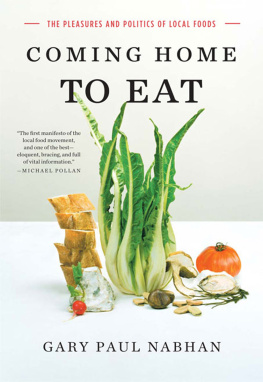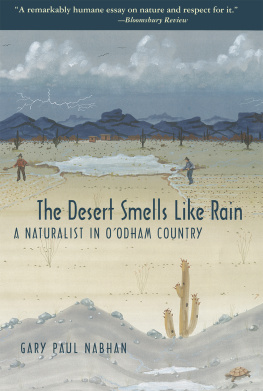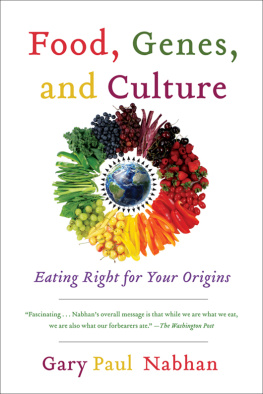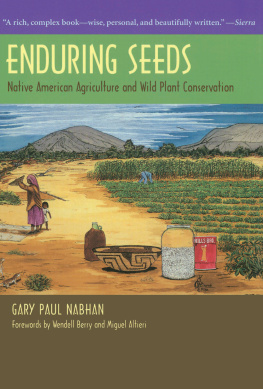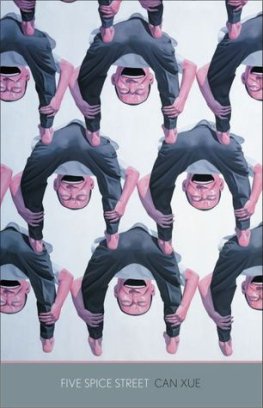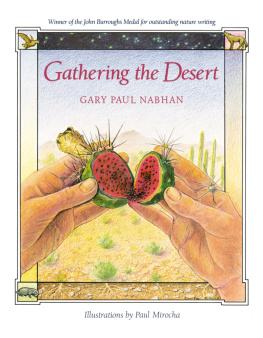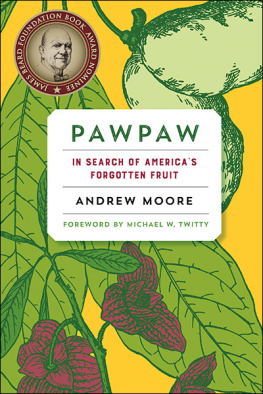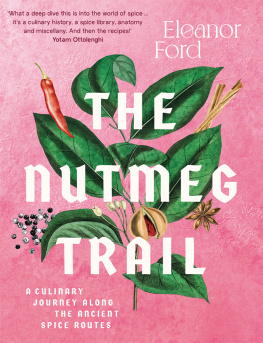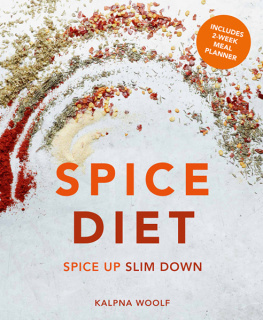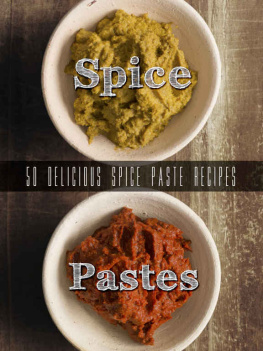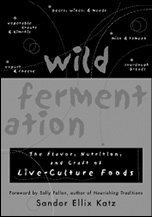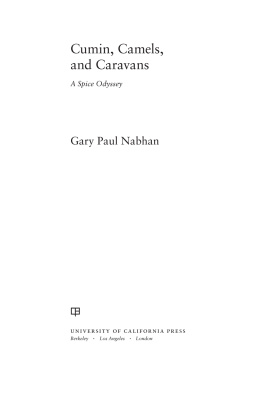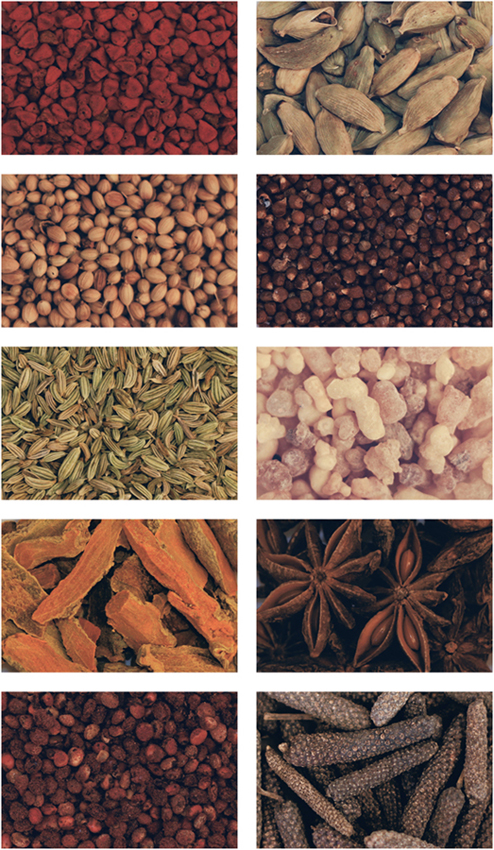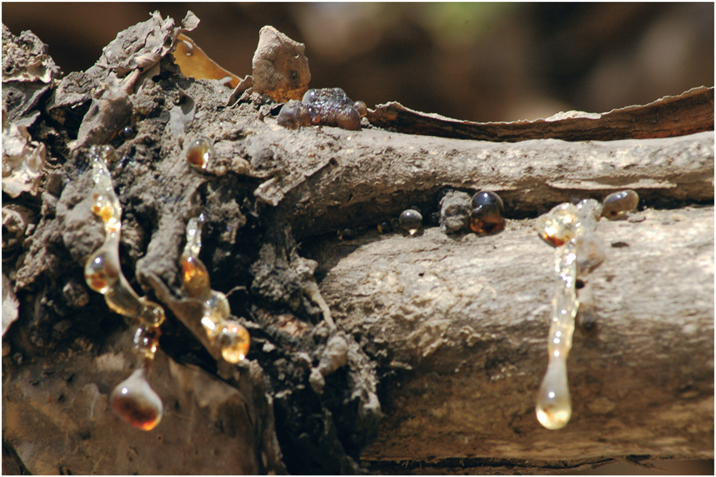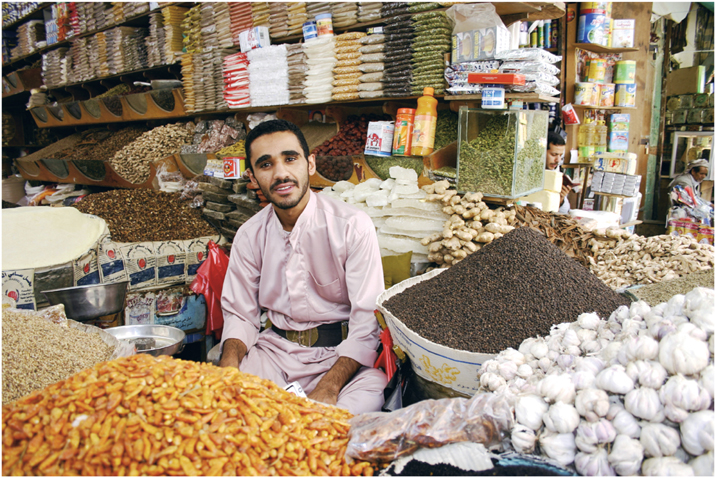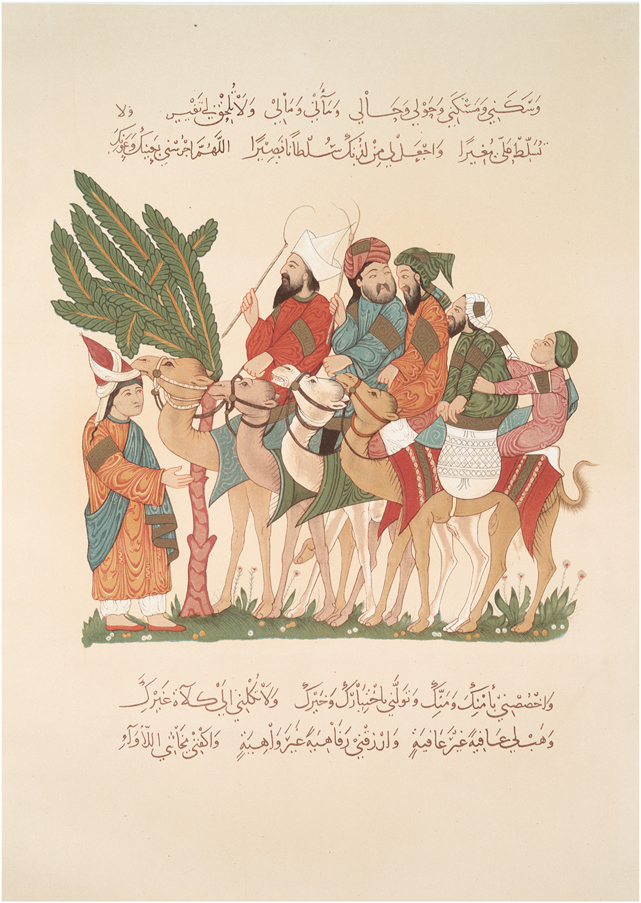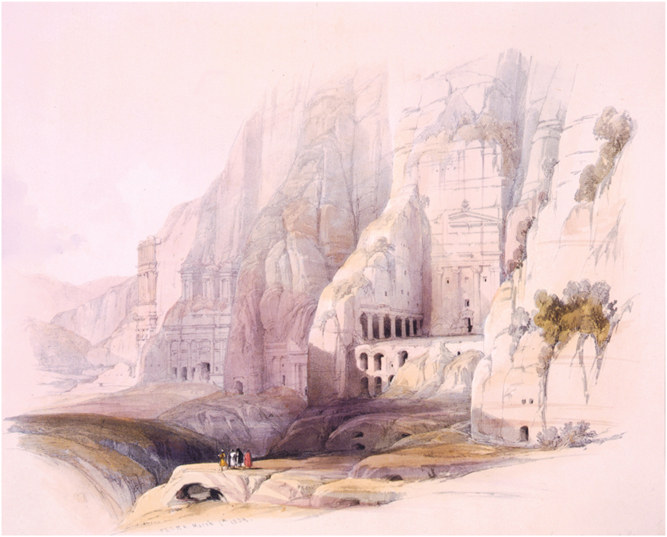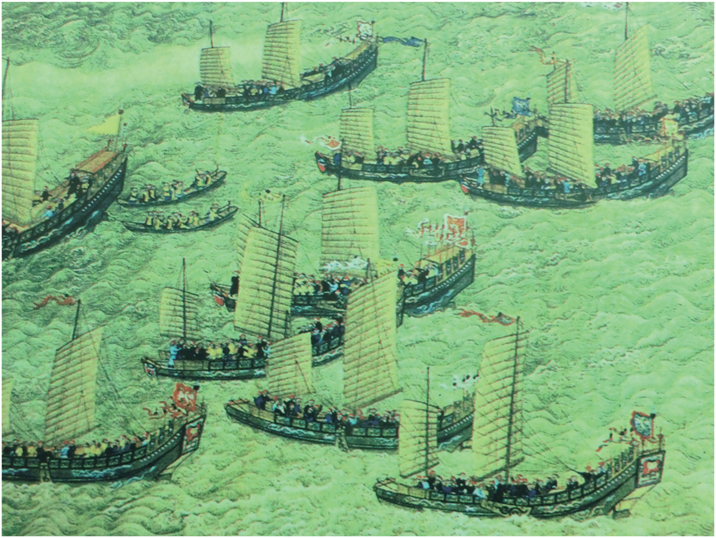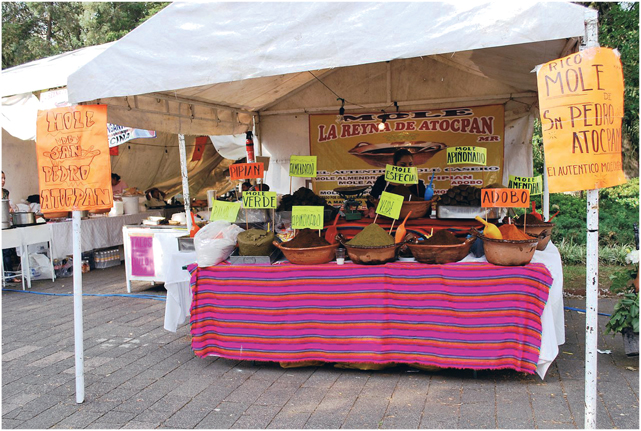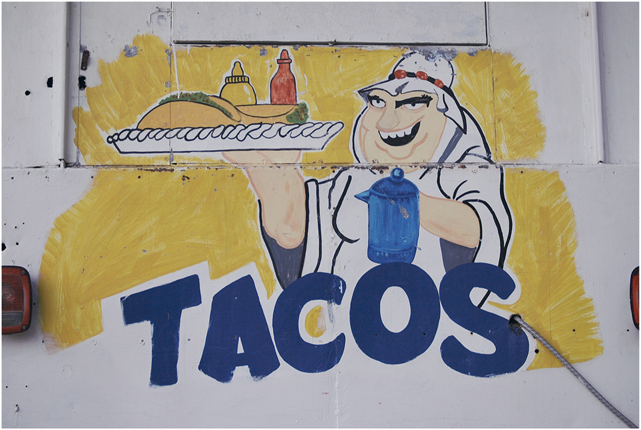
THE S. MARK TAPER FOUNDATION
IMPRINT IN JEWISH STUDIES

BY THIS ENDOWMENT
THE S. MARK TAPER FOUNDATION SUPPORTS
THE APPRECIATION AND UNDERSTANDING OF THE RICHNESS AND DIVERSITY OF JEWISH LIFE AND CULTURE
The publisher gratefully acknowledges the generous support of the Jewish Studies Endowment Fund of the University of California Press Foundation, which was established by a major gift from the S. Mark Taper Foundation.
The publisher also gratefully acknowledges the generous support of the Humanities Endowment Fund of the University of California Press Foundation.
Cumin, Camels, and Caravans
CALIFORNIA STUDIES IN FOOD AND CULTURE
Darra Goldstein, Editor
Cumin, Camels,
and Caravans
A Spice Odyssey
Gary Paul Nabhan

UNIVERSITY OF CALIFORNIA PRESS
BerkeleyLos AngelesLondon
University of California Press, one of the most distinguished university presses in the United States, enriches lives around the world by advancing scholarship in the humanities, social sciences, and natural sciences. Its activities are supported by the UC Press Foundation and by philanthropic contributions from individuals and institutions. For more information, visit www.ucpress.edu.
University of California Press
Berkeley and Los Angeles, California
University of California Press, Ltd.
London, England
2014 by Gary Paul Nabhan
Compositor: BookMatters, Berkeley
Indexer: Thrse Shere
Cartographer: Paul Mirocha
Printer and binder: Maple Press
Library of Congress Cataloging-in-Publication Data
Nabhan, Gary Paul.
Cumin, camels, and caravans : a spice odyssey / Gary Paul Nabhan.
pagescm. (California studies in food and culture ; 45)
Includes bibliographical references and index.
ISBN 978-0-520-26720-6 (cloth : alk. paper) ISBN 978-0-520-95695-7 (e-book)
1. Spice trade.2. Spice tradeHistory.I. Title.II. Series: California studies in food and culture ; 45.
HD 9210. A 2 N 332014
382.456645dc23
2013032714
Manufactured in the United States of America
22 21 20 19 18 17 16 15 14
10 9 8 7 6 5 4 3 2 1
The paper used in this publication meets the minimum requirements of ANSI / NISO Z 39.481992 ( R 2002) ( Permanence of Paper ).
To three mentors who showed me how the Old World and New World are deeply connected culturally: Agnese Haury, Juan Estevan Arellano, and Michael Bonine
Contents
Recipes
The recipes in this book open a window onto the people and communities who made and still make these foods. Even the varied names of the dishes give some sense of the paths they have taken over the centuries. The recipes also record the cultural diffusion of spices as they pass from one place to another: a chicken mole that fuses elements of the Persian, Arabic, and Moorish kitchens; thard, a bread-and-broth soup from the Arabian Peninsula that gave rise to aorda soup in Portugal, gazpacho in Spain, and perhaps even sopa de tortilla in Mexico; and mansaf, one of the oldest recipes in the world, a Mesopotamian stew seasoned with a mix of cumin, turmeric, and cassia cinnamon, which is still being made today.
Spice Boxes
The spices profiled in this book embrace an eclectic assortment of herbs, incenses, gums, fruits, musks, and teas. Some are esoteric, such as frankincense and mastic, while others are familiar and beloved, like cumin and chocolate. Some might come as a surprise, since they are not widely thought of as spices, like pomegranate, caper, and Damascus rose. But what all of these have in common is that they were in high demand throughout history as flavorings, fragrances, and pharmaceuticals. Because many aromatics were specific to certain geographic areas, they had to be traded for rather than produced locally. These valuable commodities gave their names to the roads by which they were traded, which became collectively known as the Spice Routes. The spice profiles give an overview of the vernacular names, folk uses, medicinal applications, and local lore surrounding each of these global travelers.
Illustrations
PLATES
FIGURES
MAPS
PLATE 1. Clockwise, from top left: annatto, cardamom, melegueta pepper (also known as grains of paradise), dried frankincense gum, star anise, long pepper, sumac, turmeric, fennel, and coriander. (Photos by Lia Tjandra.)
PLATE 2. Frankincense gum oozing from a tree trunk in the nejd of southern Oman. This fragrant resin, popular as a spice and incense, was one of the most coveted objects in the early global aromatics trade. (Photo by the author.)
PLATE 3. Yemeni spice trader. (iStockphoto.)
PLATE 4. Depiction of a camel caravan from the Middle Ages. (Color lithograph by J. Coin from LArt arab daprs les monuments du Kaire, 1877. Art and Architecture Collection, Miriam and Ira D. Wallach Division of Art, Prints and Photographs, New York Public Library, Astor, Lenox and Tilden Foundations.)
PLATE 5. Muslim women in Dushanbe, Tajikistan, selling local and imported vegetables, fruits, and spices. (Photo by the author.)
PLATE 6. View of the facades of tombs cut from the rock cliff in Petra, Jordan, a Nabataean trade hub that once received tons of spices annually. (Courtesy Library of Congress Prints and Photographs Division, www.loc.gov/pictures/item/2002698303.)
PLATE 7. Ships arriving for trade in the harbors of the South China Sea. (Photo by the author of an exhibit at the Quanzhou Maritime Museum.)
PLATE 8. Stand selling mole preparations from San Pedro Atocpan at the Flower Festival of San Angel, Mexico City, 2009. (Photo by Thelmadatter.)
PLATE 9. The crafty Arab is transformed into a taco vendor at a mobile food stand in the desert oasis of San Ignacio, Baja California Sur, Mexico. (Photo by the author.)
Introduction
Next page

